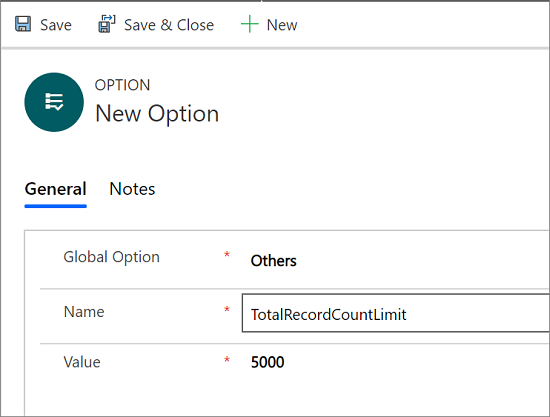Understand Unified Service Desk
Unified Service Desk provides a configurable and extensible framework for quickly building applications for call centers so that agents can get a unified view of the customer data stored in Microsoft Dataverse instance and external applications. You can aggregate customer information from different areas in the model-driven apps and external applications into an integrated desktop that provides a 360° view of the customer interactions. This gives your customer service agent immediate access to business-critical information so they can effectively engage with customers and address queries and issues. More information: What makes up Unified Service Desk and Call center challenges and how Unified Service Desk can help
To develop an agent application using Unified Service Desk, you can directly configure the Unified Service Desk entities in your environment, which does not require you to write code. To integrate with external applications, you can write code to extend Unified Service Desk.
Configure Unified Service Desk entities
Use Dataverse or Dynamics 365 for Outlook to configure the Unified Service Desk entities that are created in your Dataverse instance when you deploy Unified Service Desk. Unified Service Desk provides a highly configurable interface that can be used to dynamically display controls and information based on the context of the active operation, which eventually defines the user interface and functionalities in your agent application. Creating or developing agent applications by configuring the Unified Service Desk entities in Dataverse doesn’t require you to write code, which reduces the lead time to develop a highly customized agent application per your organization requirements. This is the preferred way if you have to primarily deal with customer data available in Dataverse.
Note
If you are using Unified Service Desk 3.1 or earlier versions, the Unified Service Desk client application loads a maximum of 5,000 records for any Unified Service Desk entities that you have configured and deployed in Dataverse instance.
Example: You have configured 5,105 answer records in the Agent Scripts entity type. When you want to view these answer records, the Unified Service Desk client application loads a maximum of 5,000 record answers. The client application does not load the remaining 105 answer records even though you have configured answer records.
TotalRecordCountLimit is a User Interface Integration (UII) framework option for Unified Service Desk to determine the batch size while fetching entity records from Dataverse instance. The default value of the TotalRecordCountLimit in Unified Service Desk and in MSCRM_CONFIG database is 5,000. The TotalRecordCountLimit value must be always same as the value in MSCRM_CONFIG database. You can change the default value in Unified Service Desk only when the CRM server administrator modifies the value in MSCRM_CONFIG database.
Note
- It is highly recommended that you do not change the default
TotalRecordCountLimitvalue in the UII option of Unified Service Desk unless there is a change of value in the MSCRM_CONFIG database. - The
TotalRecordCountLimitvalue must be equal to the value in the MSCRM_CONFIG database.
Warning
If you change the default UII option value to any value other than the MSCRM_CONFIG database value, the Unified Service Desk client application might not fetch the actual entity records.
A system administrator must configure the option on the Active UII Options page and set the value.
To change the TotalRecordCountLimit timeout value:
Sign in to the Unified Service Desk Administrator app.
Select Options under Advance Settings in the site map.
Select New on the Active UII Options page.
Choose Others for the Global Option field.
Enter TotalRecordCountLimit for the Name field.
Enter 5000 for the Value field.
Select Save.

More information: Manage options for Unified Service Desk
Target audience: System administrator or system customizer who has experience working with different configurations in Dataverse, analyzing the results, and improving or changing the configurations in an iterative manner until the desired functionality and user experience is achieved.
To get started with configuring Unified Service Desk, see Components of Unified Service Desk.
Extend Unified Service Desk to integrate with other applications
Unified Service Desk is built using the User Interface Integration (UII) framework, which enables you to build and deploy composite agent applications that can provide unified access to customer information in Dataverse and external systems. Also, the computer telephony integration (CTI) framework of UII enables organizations to build adapters to connect Unified Service Desk with their existing CTI infrastructure to support customer communication in agent desktops over various channels such as chat, email, or telephone. To integrate with external applications, you’ll have to extend Unified Service Desk by writing code. Unified Service Desk provides you with Visual Studio project templates that you can use to create the modules and applications so you can integrate and interact with data in external applications.
Target audience: Software developer who has experience in creating applications/solutions using .NET Framework, Windows Presentation Foundation (WPF), XAML, and Java.
To get started with extending Unified Service Desk, see Unified Service Desk and the UII framework.